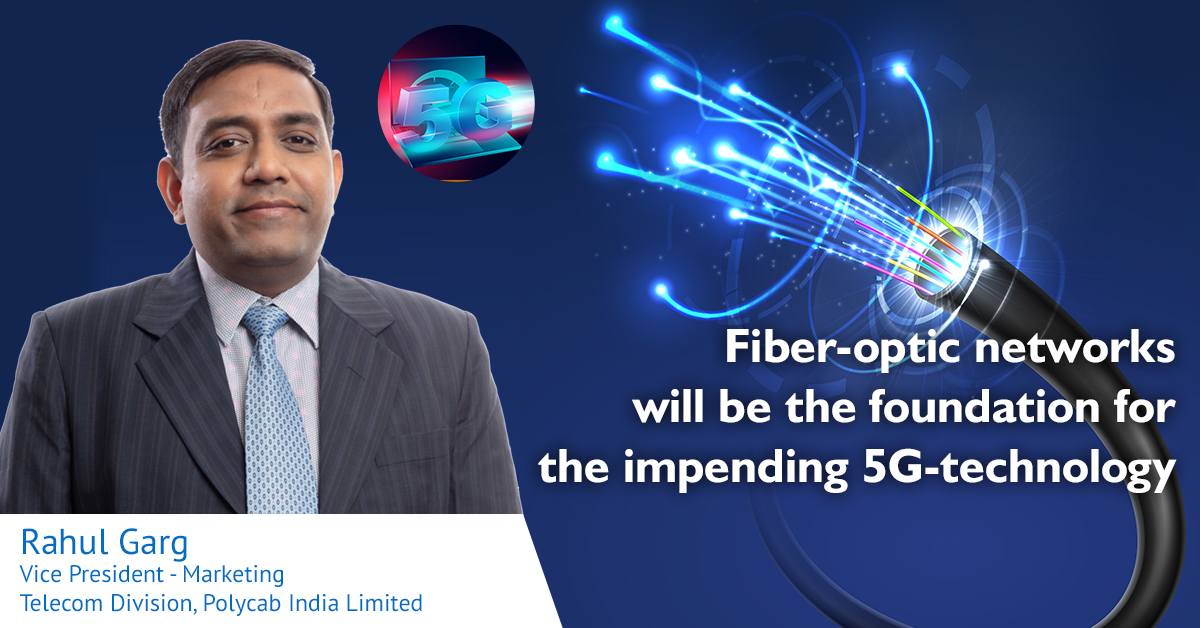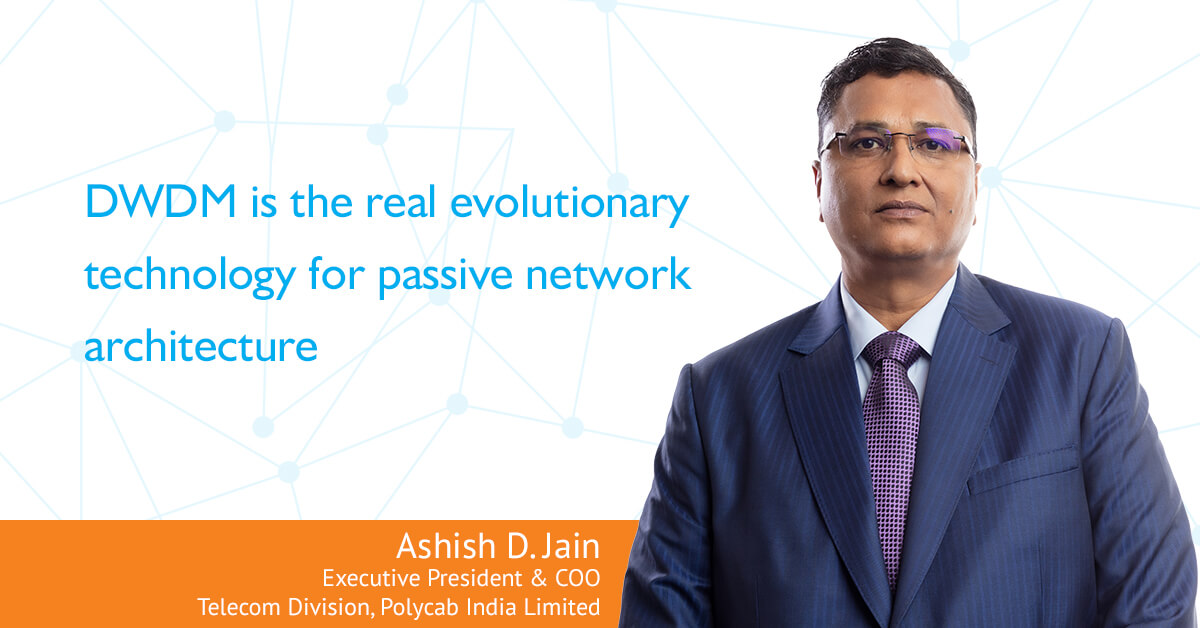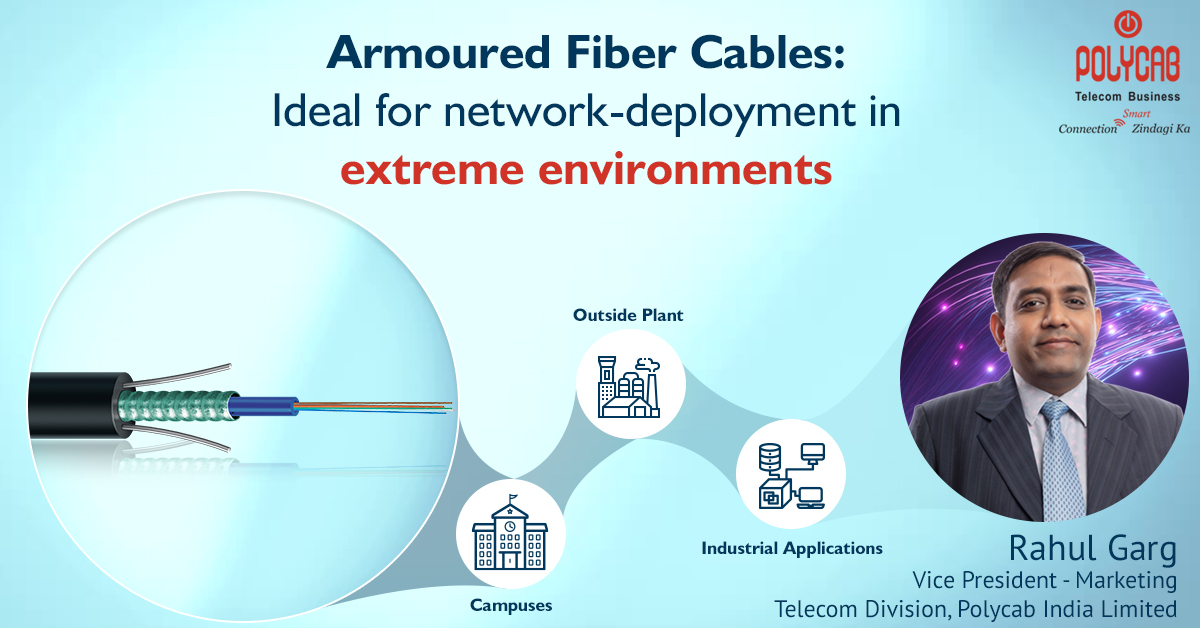Fifth-generation (5G) mobile broadband technology is surely on the anvil as the next big thing in mobile broadband. The application of the technology will have a transformative bearing on how people and machines operate in tandem with each other. Industries will see an unleashing of opportunities with the optimization of service-delivery, decision-making and end-user experience.
Archives
Categories
Tags
5g technology
Ai Application
AI applications
bharatnet
City Monitoring
Copper Cable
Copper System
digital class
digital education
Digital India
digital services
digital village
edtech
Fiber network
Fiber Optic
FRP Rods
Gujarat
gujarat bharatnet
Hospitality
hospitality industry
Hybrid Cables
internet connectivity
ofc
ofc deployment
OFC Laying
ofc network
ofcs
Optical Fiber Cable
optical fiber network
row management
Safe City
Smart Cities
Smart City
Smart connections
Smart Education
smart future
smarthome
Smart Home
Smart Life
Smart Living
Smart Technology
tanfinet
Traffic efficiency
urban challenges
Video Technology
Recent Posts
October 5, 2023Polycab Telecom: A well-planned OFC-manufacturing regimen












